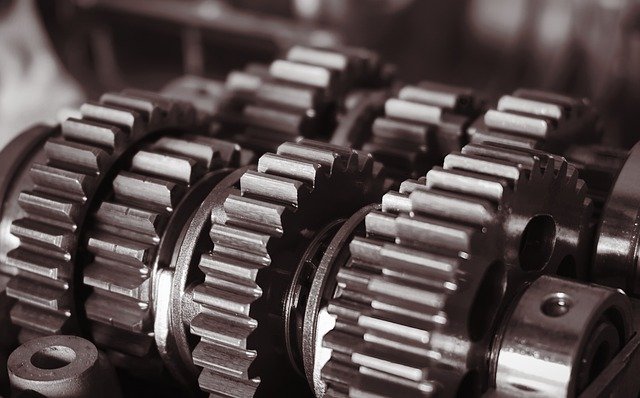Sticky or stiff gears are an issue that none of us wants to come across in our cars, but it’s also an issue that you can’t and shouldn’t ignore. Sticky or erratic gears can be a sign that something is either starting to go wrong, or has already gone wrong with your vehicle and needs special attention to repair the issue and get you back out on the road. From potential issues with the gear oil to more serious damage to the gears themselves or the synchroniser rings, we’re exploring some of the main reasons why your gears might be sticking.
Issues With Gear Oil
When it comes to gear oil, a few different things can require attention and, if left unchecked, can cause issues throughout your vehicle’s lifespan. It’s important to flush and change your oil according to your vehicle’s maintenance schedules, or any time that it appears burnt or filled with dirt or debris. Without efficient gear oil, the gears themselves may experience more friction and can wear down faster and make changing gears a more unpleasant or difficult task. In some cases, it can even stop the gear change completely.
Damaged Gears
A manual transmission system is made up of a lot of different parts, including 1st, 2nd, 3rd, 4th, 5th and sometimes even 6th gear, as well as the reverse. There are also hub gears between 1st and 2nd, and 3rd and 4th, and all hold potential for damage and wear and tear over time. In some cases, a sticking or stiff transmission can be a result of damaged teeth. Each gear is made from smaller and larger teeth, and the smaller teeth are responsible for catching and engaging the gear. If any damage occurred to these teeth, it could be incredibly difficult to change or stay in gear.
Clutch Problems
The clutch on a manual vehicle is the driving force behind the gears and is responsible for not only engaging the transmission but disengaging it too in order to switch gear. It’s made up of a number of components, from the master and release cylinders to the discs, release fork, release bearing and clutch cover, all of which can go wrong over time. If there is any damage or leaks within the master or release cylinders, for example, this can cause issues with fluid pressure or loss, both of which can lead to the clutch not disengaging properly and the gears not shifting properly, or at all.
Damage To The Synchroniser Ring
The synchroniser ring is an incredibly important part of the entire transmission system. Without it, the gears wouldn’t be able to engage or may engage incorrectly. Its purpose is, as the name suggests, to synchronise the gear change by using small teeth to engage the hub sleeve and then line this up to catch onto the main gear. Any damage or wear and tear to this ring may cause misalignment or simply stop the gear from being able to engage at all. This may need replacing if this is the case.
Hub Sleeve Damage
The hub sleeve’s job within the gear system is to engage the main gears with the hub gear, acting as a deliverer of sorts to ensure the engagement is smooth and concise. The hub gear has small teeth that will synchronise with the teeth on the synchroniser ring, but this can be incredibly difficult without the hub sleeve. Any damage or wear to the sleeve can make it difficult, if not impossible to shift gears safely or smoothly.
If your gears are stuck or aren’t shifting quickly, this could be a sign of an underlying issue within the system. Our mechanics are qualified and experienced in diagnosing and repairing any gear-related issues, as well as problems with the clutch and more. Get in touch with our team to find out more, today.

